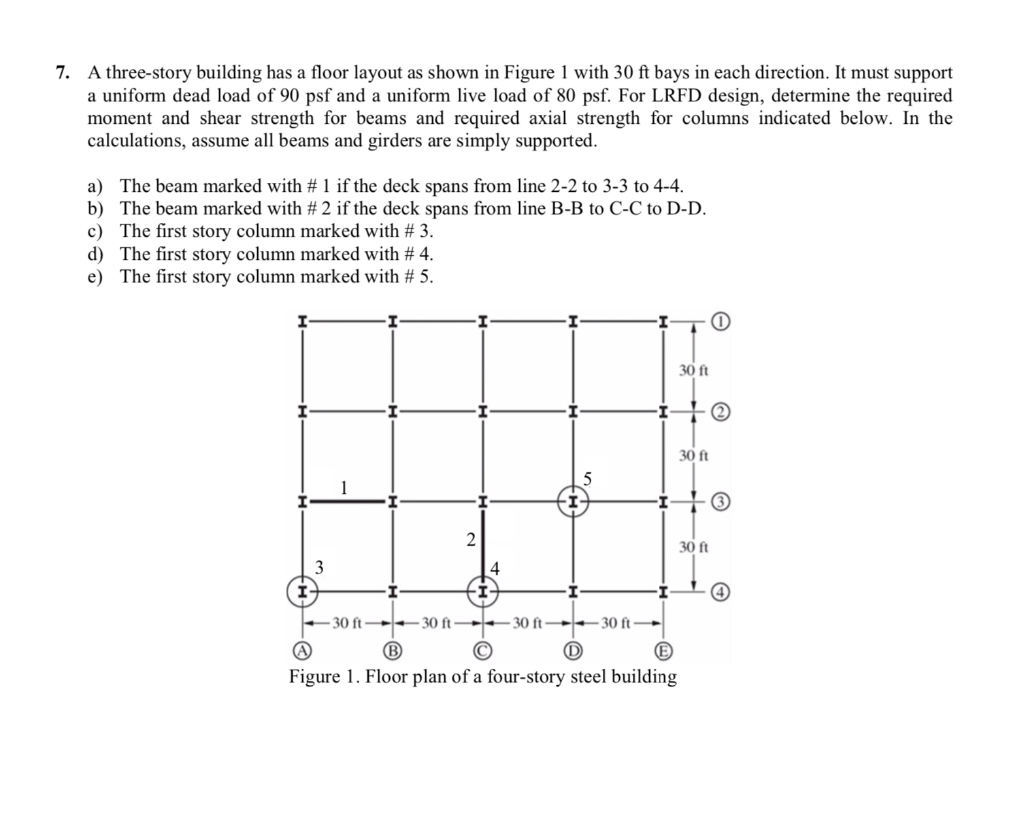That means they won t work for areas with heavier snow loads for decks with heavy decking materials like stone or in numerous other.
Estimate floor load psf deck.
The total load for each tributary area is then divided by the area of each footing in order to determine the load psf imposed on the soil.
This is usually about 10 psf.
Raised deck with steps.
This is usually about 40 psf.
In the example the joists have a spacing of 16 inches and a span of 11 feet 2 inches.
For one and two family dwellings the code specifies a uniform live load of 40 pounds per square foot 40 psf for rooms other than sleeping rooms bedrooms and decks.
The span table for a 30 psf live load 10psf dead load floor indicates a required fb value of 1 315 and a minimum e value of 1 800 000.
To build such a deck you ll need deck boards as well as inner and outer joists the pieces of wood that go between the top boards and your grass concrete.
Dead load is basically the load created by the weight of the deck itself.
One shortcoming of the span tables in the international residential code and the american wood council s prescriptive residential wood deck construction guide dca 6 is that they re limited to decks with a live load of 40 psf and a dead load of 10 psf.
People furniture and any other movable physical objects on the deck are covered under live load.
The live load is created by all the extras like furniture planters and people.
Deck load design calculations part 1.
The load that is placed on your deck is expressed in pounds per square foot psf and the total load or more appropriately the design load is comprised of the dead load and the live load.
If you are planning on building a raised deck as shown in figure 1 it is important to determine the quantity positioning and size of the deck support columns that will support the load of the deck the dead load and the load which is created by the things that will go on the deck including you and your guests which is the live load.
This is usually about 10 psf.
Many homes are not built at ground level.
Together the design load would be 50 psf.
In this case your joists are adequate to support a 30 psf live load and 10 psf dead load.
For a residential deck the code requires it be designed to support a minimum 40 psf live load.
Of course if you expect a lot of snow to sit on your deck over the winter or envision an.
Default is 50 psf which you can change.
The code also specifies minimum uniform loads of 30 psf for sleeping rooms which are unlikely to experience live loads as big as say the living room 20 psf for.
Another very common deck is a raised deck with steps.
The joists should measure as long as the length of your deck.
This value must not be greater than the bearing capacity of the soil.

